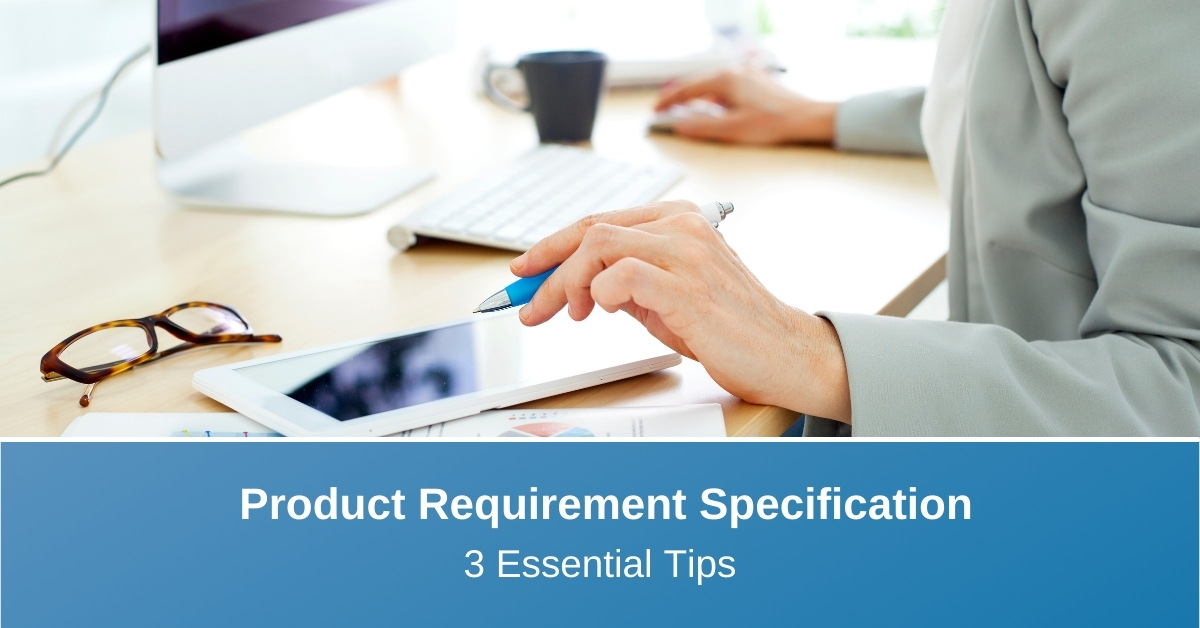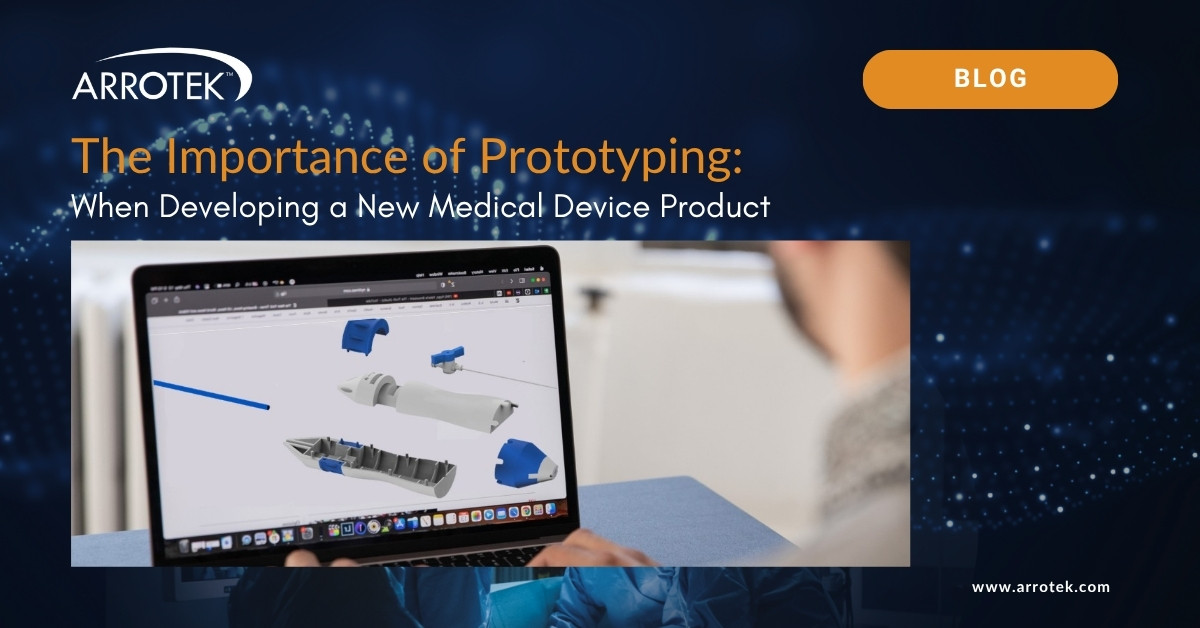A product requirement specification outlines what needs to be achieved during the medical device design process. It is an important step in the process as it ensures design engineers fully understand what is required so they can deliver the best possible product. A good product requirement specification also makes the design process more efficient, and it ensures the development of a better-quality product. Furthermore, your product requirement specification will make it easier to ensure compliance, and it helps with progressing your product through the regulatory approval process.
Your medical device design and development partner will guide the process of creating a product requirement specification. Your role is crucial, however. The following three essential tips will help.
Product Requirement Specification Tips
1. Use MoSCoW Prioritisation
With all new medical device products, there are must-have elements and nice-to-have elements. Distinguishing between these elements is important, particularly in relation to the product requirement specification. Making this distinction ensures the design engineers stay focused on what is essential rather than getting distracted by elements that would be nice but are not critical to the product’s success.
Using MoSCoW prioritisation is a commonly used product design technique that can help. It splits up the requirements for your new medical device idea into four categories:
- M for Must-Have – mandatory requirements that are essential to the product.
- S for Should Have – requirements that are not critical but would greatly enhance the product if included.
- C for Could Have – requirements that would be beneficial but which will have minimal impact if not included.
- W for Will Not Have – features and other elements that are not required.
Importantly, any ambiguity in the above can have a negative impact on the design process and the finished product. Therefore, it’s essential to be as decisive as possible.
Make sure your language is decisive too. In other words, don’t use the phrase “the device should…” when you really mean “the device must…”.
2. Be as Specific as Possible
Broad, ambiguous, open to interpretation requirements are difficult for engineers to work with. They are even more difficult to verify, so they can have an impact on the design process. It is always better to be as specific and precise as possible when creating a product requirement specification.
So, for example, avoid using words like reliable or user-friendly unless you clearly define what you mean by those words, or how you will measure success.
3. Use Easy-to-Understand Terminology
The product requirement specification created for your new medical device idea should be easy for everyone involved to understand. The phrases, jargon, and terminology used are all important for ensuring this happens. Here are some things to remember:
- Be consistent with terminology so there can be no confusion. For example, don’t assume a term is clear when it is used in a different context elsewhere.
- Include a glossary.
- Be cautious using industry jargon, ensuring you only use common jargon that those involved will understand. Company jargon should almost always be avoided as it is too internal.
- Acronyms should be explained if they are not commonly used in the industry.
Getting the Medical Device Design Process Off to the Best Possible Start
The product requirement specification is a crucial document that influences every aspect of the design process, from material selection to compliance to safety to design for manufacturing. Therefore, it makes sense to spend time ensuring it is right at the beginning, working closely with your design partners to get the project off to the best start possible.





